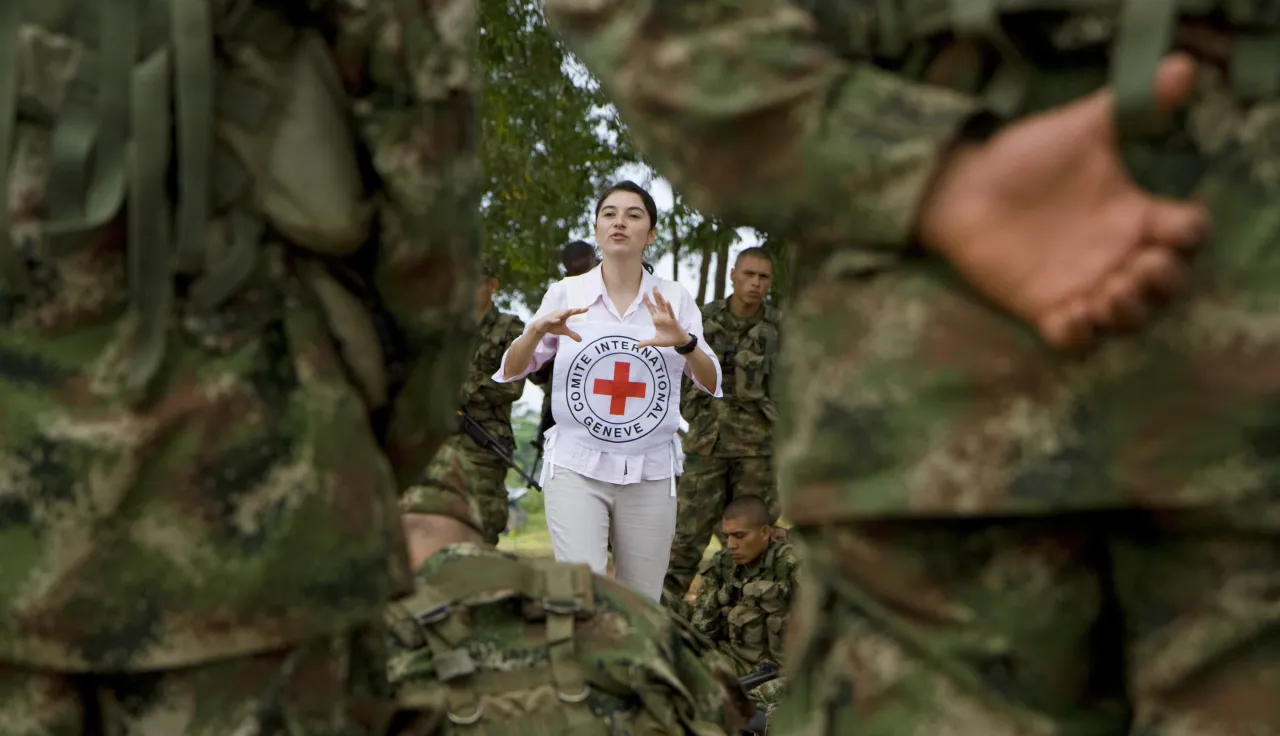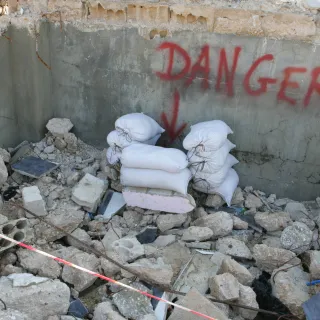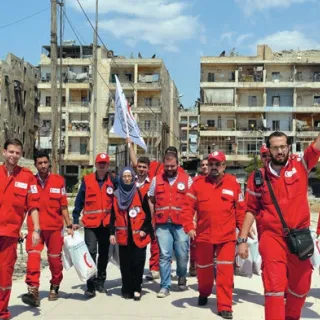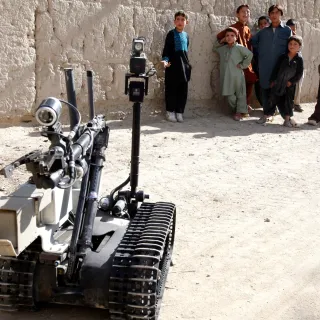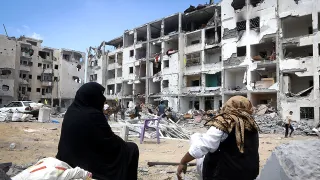In international armed conflict, combatants are entitled to directly participate in hostilities. In other words, they are permitted to commit lawful acts of war intended to achieve a military goal in the most effective way. The principle of distinction, however, requires that such acts of war be directed only against enemy combatants and military objectives, while preventing unnecessary and excessive damage to civilians.
Implementing the principle of distinction demands a clear definition of who and what may be legally targeted.
As far as people are concerned, enemy combatants are members of the armed forces of a party to a conflict (except for medical personnel and chaplains). People who are not members of the armed forces are civilians and may not be attacked. There is one exception, however: civilians become legitimate targets of attack when they directly participate in hostilities – either individually or as part of a group – though only for as long as they continue to directly participate in the fighting.
As for objects that may be targeted, military objectives are defined through a two-pronged test: First, the object to be attacked must by its nature, location, purpose or use contribute effectively to the enemy’s military action. Second, its partial or total destruction, capture or neutralization, must offer – in the circumstances ruling at the time – a definite military advantage. All objects which do not fall under the definition of a military objective are civilian objects and may not be attacked.
Humanitarian law includes a number of corollaries to the principle of distinction in order to secure the protection of civilians and civilian objects. For example, combatants in an international armed conflict are required to distinguish themselves from the civilian population (normally by wearing a uniform) while they are engaged in an attack or in a military operation in preparation for an attack. In addition, humanitarian law prohibits indiscriminate attacks and sets out the principle of proportionality. Proportionality means that the so-called “incidental loss” of civilian life or property should not be excessive in relation to the concrete and direct military advantage anticipated. To comply with the restrictions on targeting, all parties to an armed conflict must take specific precautions.
Finally, the rules on the conduct of hostilities also grant a specific protection to some objects, including cultural objects and places of worship (such as historical monuments), objects indispensable to the survival of the civilian population (including agricultural areas for producing food or crops and drinking-water installations) and installations containing dangerous forces (namely dams, dykes and nuclear power plants). Means and methods of warfare with the potential to cause widespread, long-term and severe damage to the environment are prohibited, as they threaten civilians’ health and survival.

